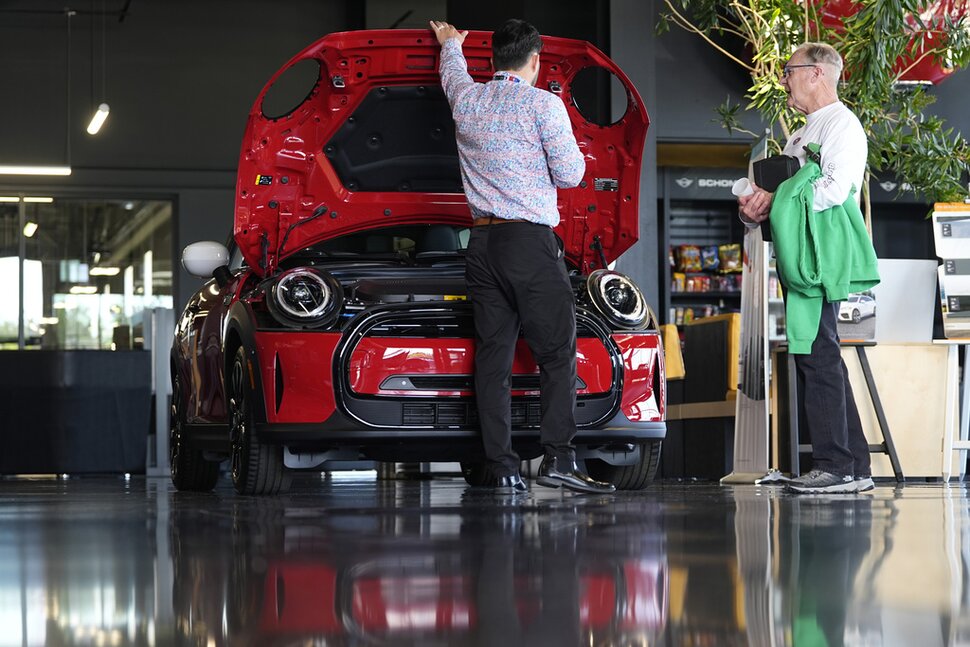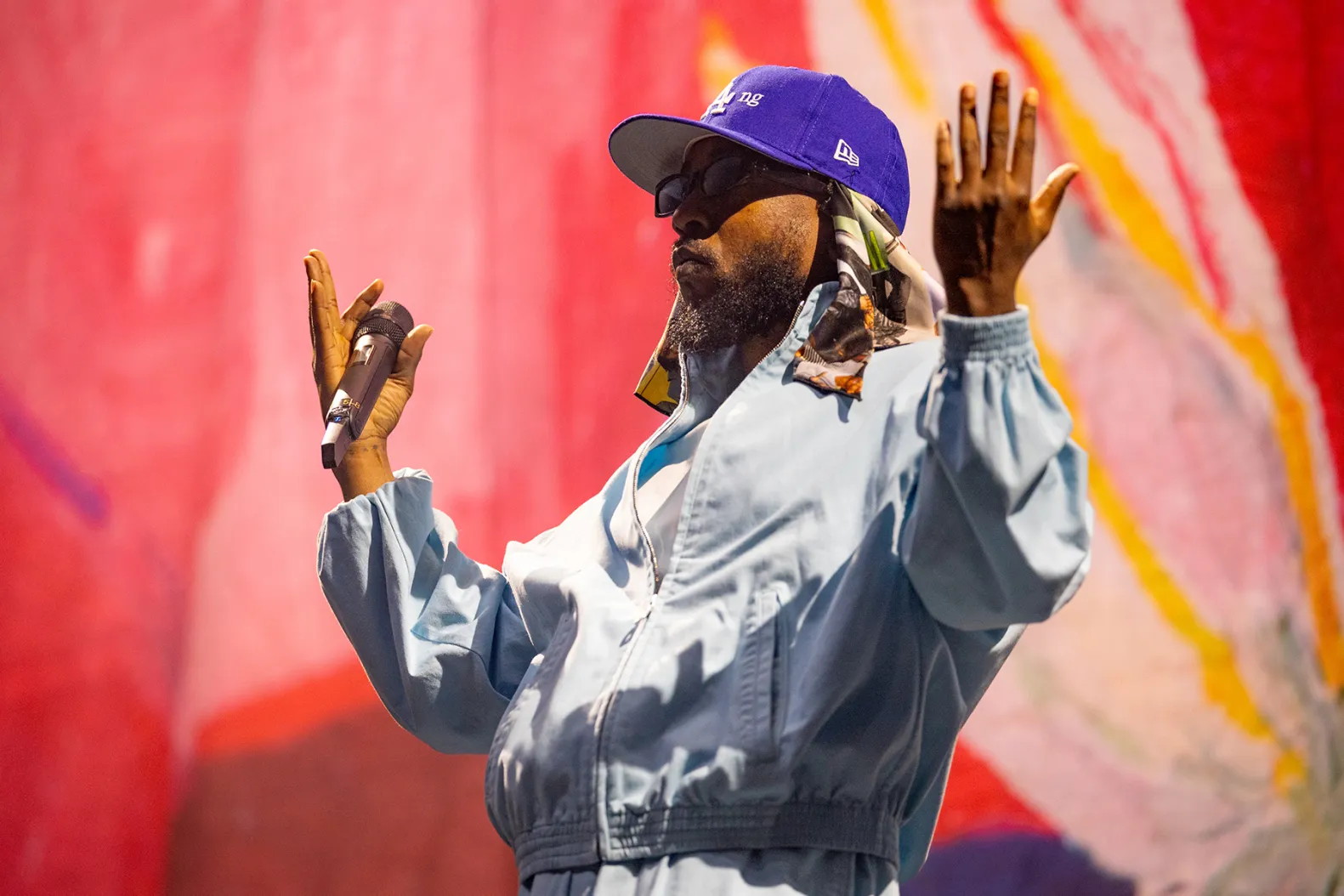The long-awaited cooling in the labor market may have begun in April, as payrolls climbed by a weaker-than-expected 175,000, while the unemployment rate ticked up slightly to 3.9%.
Wage growth also slowed, a sign that the Federal Reserve is looking for as it tries to curb stubborn inflation.
The number was below estimates of 240,000 and follows March’s 315,000 increase, revised upward from its original 303,000. Gains were strongest in health care, a sector that has dominated job growth this year, and in transportation and warehousing.
The April number is unlikely to change the Federal Reserve’s posture on interest rates. The central bank is looking for the labor market to cool this year along with inflation that has proven more stubborn than expected.
“While fewer than expected job gains are rarely a welcomed sight, today’s report might be just what Jerome Powell was hoping for,” said Damian McIntyre, portfolio manager at Federated Hermes. “The last mile is always the hardest, and Powell reminded us on Wednesday that we simply need to be patient.”
“2024 is going to be a kind of settling year” for the labor market, says Jane Oates, senior policy advisor and former president at WorkingNation.
“The more I look at it, labor demand has softened quite a lot,” says Julia Pollak, chief economist at ZipRecruiter. However, she points out the 264,000 monthly pace of job increases in the first three months of the year is about 100,000 above the pre-pandemic level. “Layoffs and firings are still extraordinarily low.”
Much of the recent hiring has been in the “standing up” categories such as nursing and hospitality work rather than the “sitting down” ones of white-collar industries, says Andrew Flowers, chief economist at Appcast, a technology firm that helps companies with their recruitment advertising. “You can’t replace a roofer or a waiter with a robot.”
In what could be a sign of further slowing, Flowers says that ads for human resources workers have fallen since hitting a peak in mid-2022 and are now where they were pre-pandemic.
Some economists believe that the economy is finally showing the strains of the repeated interest rate hikes from the Fed, with consumers facing increasing debt loads and companies becoming more cautious with their investments and inventory restocking.
The coming presidential election and geopolitical tensions, especially in the Middle East, are also weighing on consumer and business sentiment.
“I think we are seeing with credit card debt and other things inching up, the uncertainty over the election and interest rates, people are holding off somewhat,” says Sevin Yeltekin, dean of the Simon School of Business at the University of Rochester.



